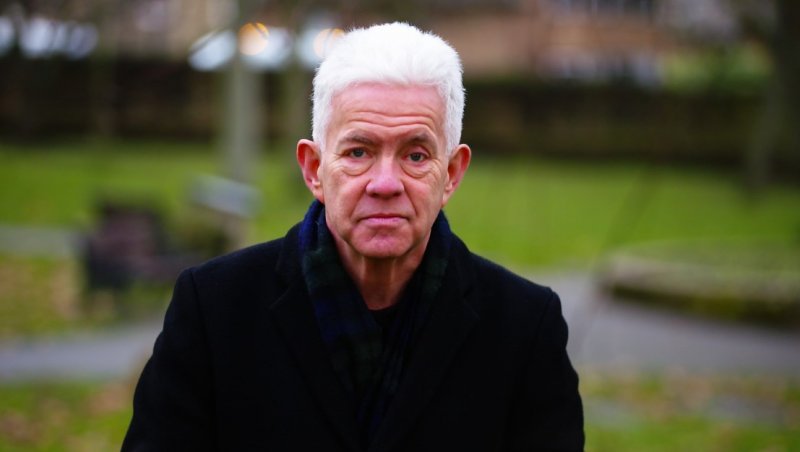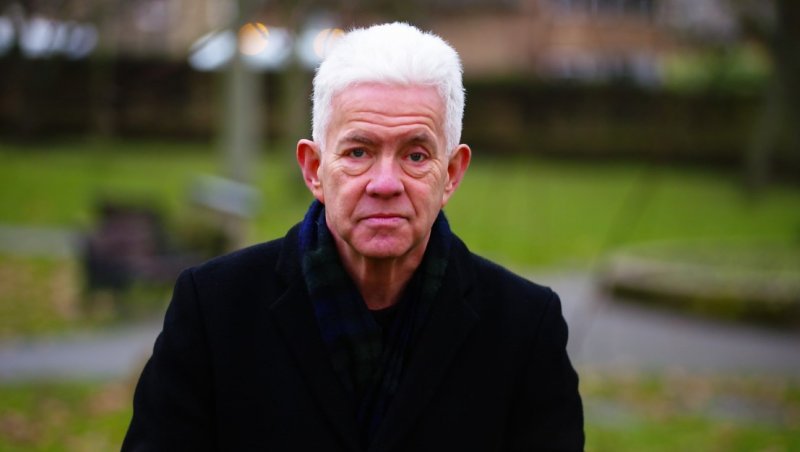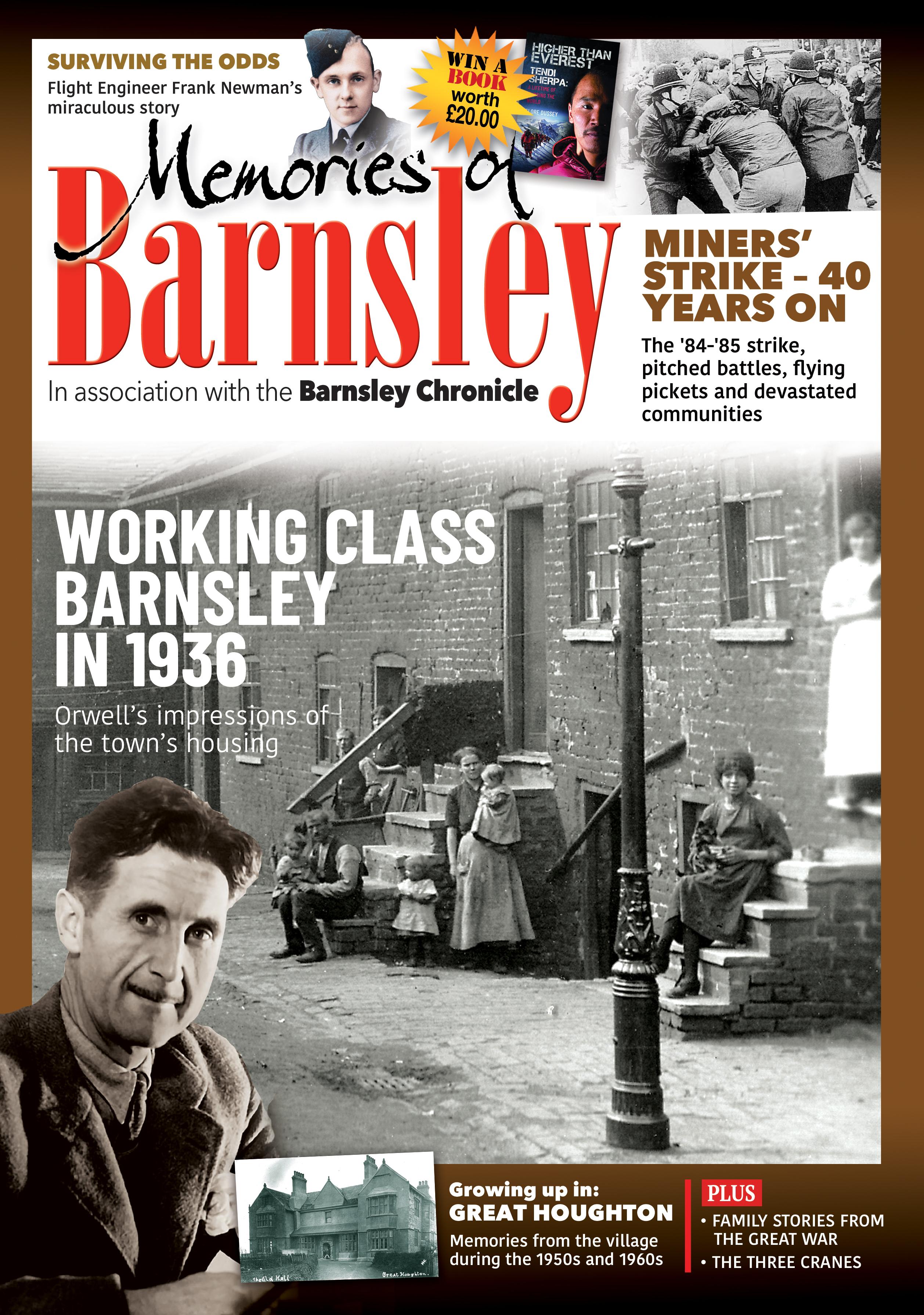We all have favourite Christmas stories and Christmas films and because I’m old-fashioned my Christmas films tend towards the sentimental. I love the original 1934 version of Miracle on 34th Street with its black and white tale of someone who may or may not (and my betting is on the ‘may’) be the real Father Christmas, and the perennially popular It’s A Wonderful Life where James Stewart, again in black and white, learns a few lesson about the true meaning of Christmas from someone who may or may not (and again my betting is on the ‘may’) be a real angel. I know there will be a lot of votes on for Elf and The Muppet Christmas Carol but those are my two.
As far as Christmas stories go, for me there’s one that is head and shoulder above the rest: Lucy and Tom’s Christmas by the brilliant children’s writer and illustrator Shirley Hughes, who sadly died last year and who wrote the most beautiful books for young people that I’ve ever read; if you don’t know her work then I urge you to seek it out.
I’ve read Lucy and Tom’s Christmas to my children and my grandchildren and I confess that, in the middle of summer when Christmas feels a long way away, I sometimes sit and read it on my own with no children present because like many of the great Christmas stories (think A Christmas Carol with its timeless moral of redemption) it is universal across time and space.
The story itself is simple; Lucy and Tom are brother and sister, living with their mum and dad in an unnamed city sometime during the late 20th century, although all the books are timeless. The story is just about them getting ready for Christmas and in a sense nothing really happens and if you’re looking for blockbuster action you’ve turned the wrong page.
The book starts with Lucy and Tom stirring Christmas pudding and making their own Christmas cards and the postman brings more cards to the door; the illustrations are done in muted pastel colours that somehow seem to reflect the time of year and it’s as though you’re looking at the pictures through a kind of gauze.
Lucy and Tom make a paper star to hang over the nativity scene that they’ve got on a hall table and the bright star seems to fill the page with a kind of innocent and nuanced light. There are sublime illustrations of all the presents they’ve bought for the family; Tom has got a bow-tie on elastic for his dad, and a packet of seeds for his grandad, and Lucy has got a comb in a case for her grandma and a sparkly brooch for her mum.
They write letters to Father Christmas and because the story is timeless, even though it was published in 1981, they’ve got a coal fire that still seems to be glowing when they post their letters up the chimney. There’s a beautiful scene where Lucy and Tom go to the market with their dad to buy a Christmas tree and the market could be Barnsley Market and maybe that’s one of the reasons I love this book so much: it’s not set in Barnsley but it could be because it tells a simple and universal story.
Like I said, not a lot happens; the children hang their stocking up on Christmas Eve and they think they might not get to sleep but then the do and when they wake up Father Christmas has been and they all have a great day.
Towards the end of the afternoon, as Shirley Hughes says, ‘Christmas can be quite tiring. Tom gets very excited about his presents and rather cross.’ And there’s a picture of Tom weeping and clutching his presents, with that same face that parents and grandparents everywhere will recognise.
Then there’s a masterpiece of an illustration that always makes me weep with yearning for simpler times whenever I see it: Tom and his grandad go for a walk in the snow, just the two of them and, as Hughes says ‘The sun is very big and red’ and there’s a picture of Tom and Grandad walking and it could be me and any of my children and grandchildren in a beautiful cameo of innocence and experience and love.
Tell you what: I’ll just read Lucy and Tom At Christmas one more time, and then I’ll watch ‘It’s a Wonderful Life’.
Merry Christmas, everybody.



























